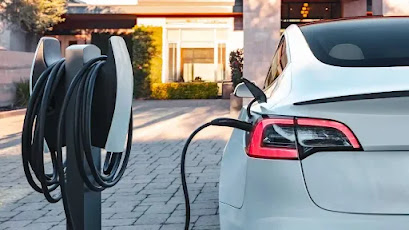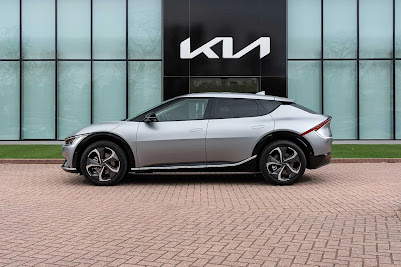Car buyers in the United States appear to have discovered the electric car.
After a decade of sluggish but steady growth, electric car registrations in the United States increased by 60% in the first quarter of 2022, despite a dip of 18% in overall new automobile registrations. It's the latest sign that domestic EV acceptability has lately reached a critical but unseen tipping point.
The strong increase in electric-car registrations at the start of this year resulted in an all-time high 4.6 percent EV market share. While areas like Norway, where electric cars accounted for over 86 percent of all new car sales in March, may chuckle at the figure, EV proponents know that change happens gradually, then all at once, or something along those lines.
The emergence of fascinating new vehicles, from the Ford F-150 Lightning to the Kia EV6 to the Hyundai Ioniq 5, is one of the main reasons we're seeing more EVs in people's driveways. According to Experian, there were 158,689 new electric vehicle registrations in the first three months of the year. According to Automotive News, the biggest winners were electric vehicles from Tesla (up 59 percent to 113,882 new registrations), Kia (up more than eight-fold to 8,450), Ford (up 91 percent to 7,407), and Hyundai (up more than 300 percent to 6,964).other EV sales (the Nissan Leaf and the Volkswagen ID.4 were both in the top 10) helped the segment reach a new high of 4.6 percent, implying that 3.4 million new cars were registered in the third quarter.
More electric cars on the road may appear to be a positive thing, but some sense danger ahead, especially when it comes to public charging. Despite the fact that most EV charging takes place at home, this isn't a viable option for everyone, hence public charging must be readily available for some to keep EV sales growing. The classic chicken versus.egg story is still alive and well in the world of EV charging infrastructure, with a story in the Los Angeles Times last month claiming that DC fast-charging station operators need eight to ten charge sessions per day to make a "decent return," but that they also need enough fast-chargers available so that drivers don't have to wait too long. Finding the right mix could be tough, especially with EV sales on the rise.
Because some automakers must make manufacturing decisions on which models to produce or not build based on the supply of semiconductor chips or other components in limited supply, supply-chain difficulties may have an impact on which cars are sold. Allowing for some speculation, the fact that electric vehicles attract more public attention and the higher starting prices for many EVs could be two reasons for automakers to emphasize electric vehicles over internal combustion engines.
Because Tesla, for example, does not reveal sales figures, Automotive News and Experian analyzed registration data to get a fuller picture of EV sales in the United States. Other industry analysts have slightly different figures for electric vehicle sales at the start of 2022, but all show significant gains over last year. According to Cox Automotive, the EV market share in the first quarter of 2022 was 5.2 percent, up from 2.5 percent in 2021. Whatever the exact figures are, something is definitely going on.














0 Comments